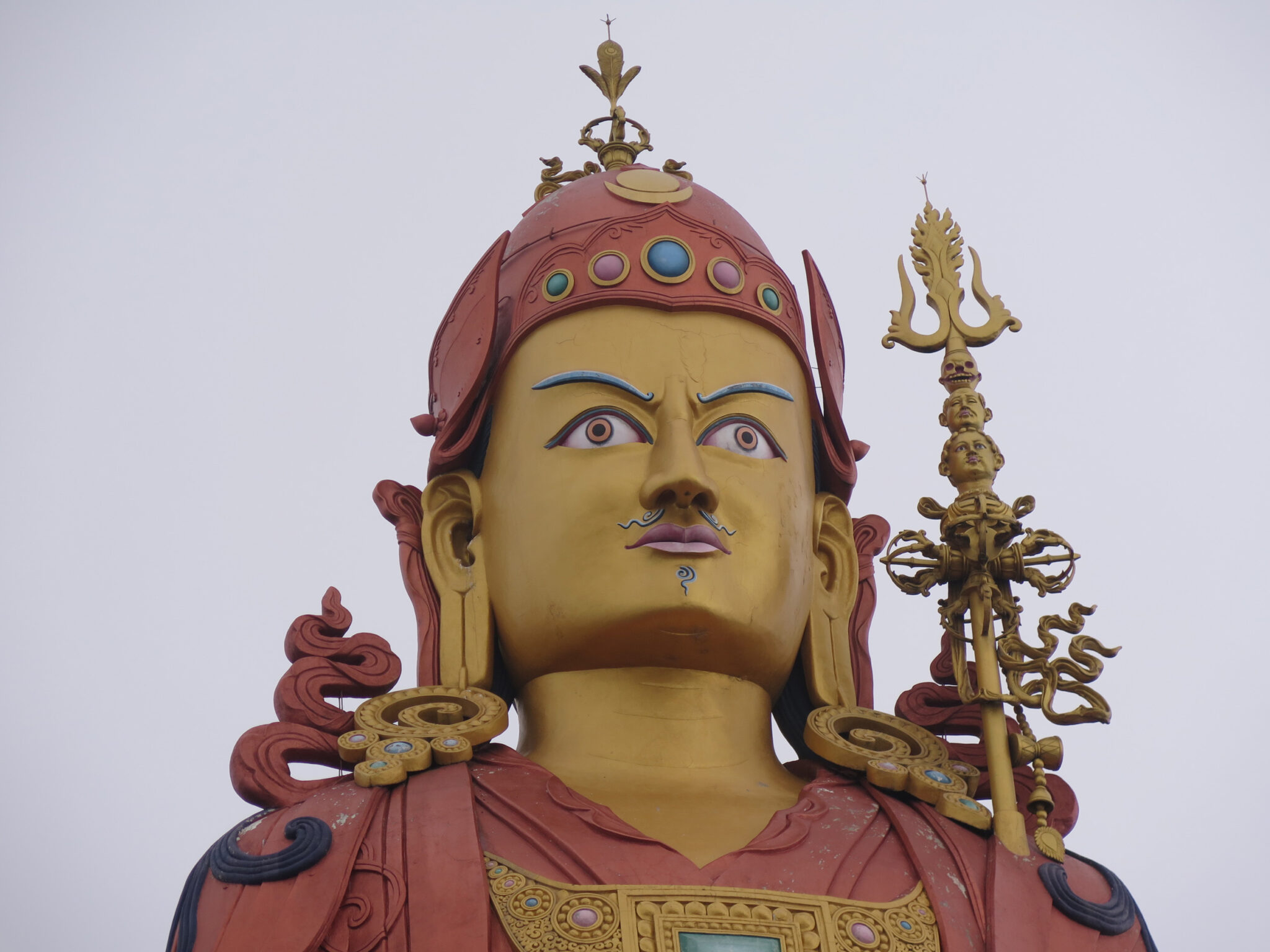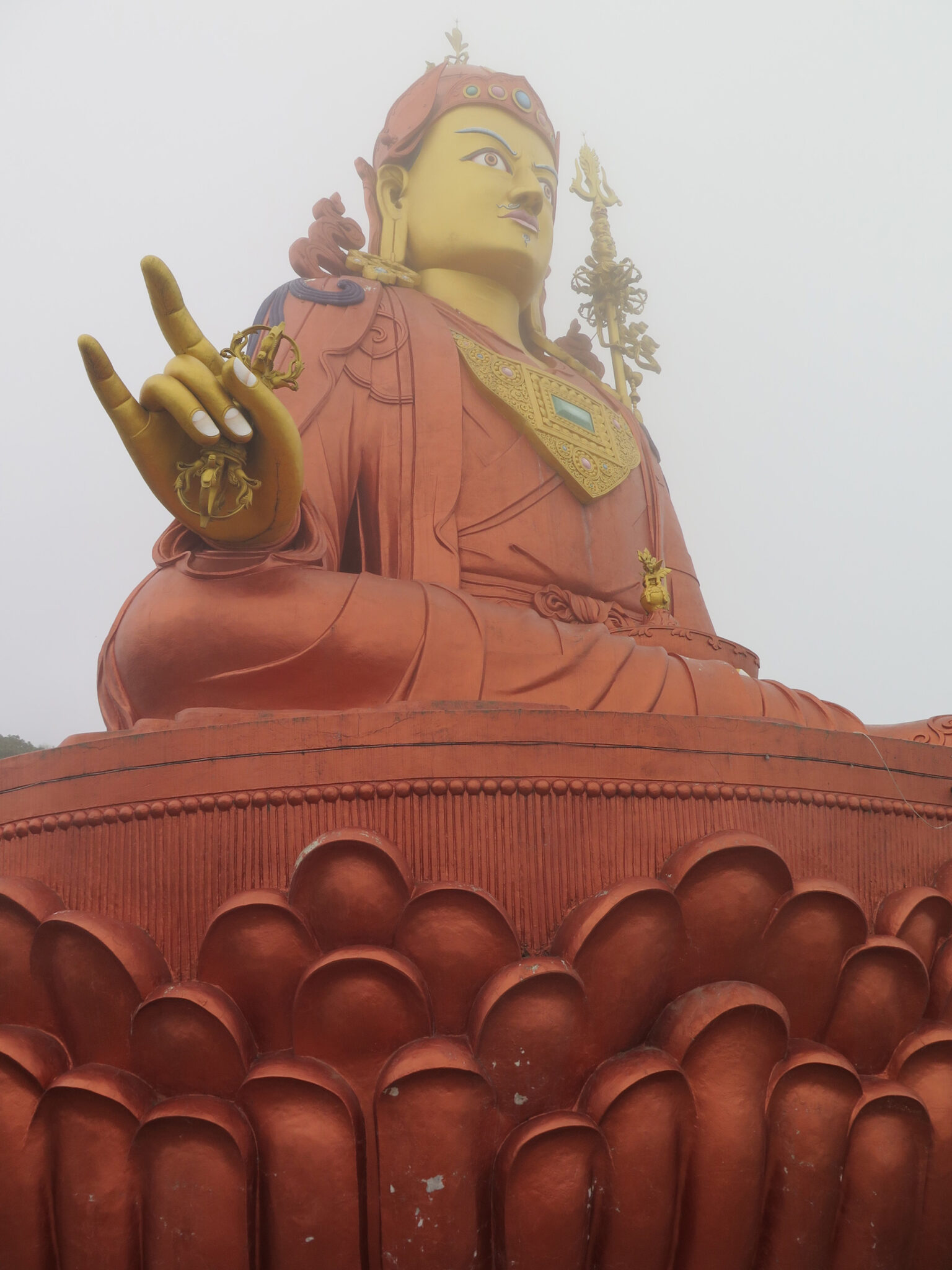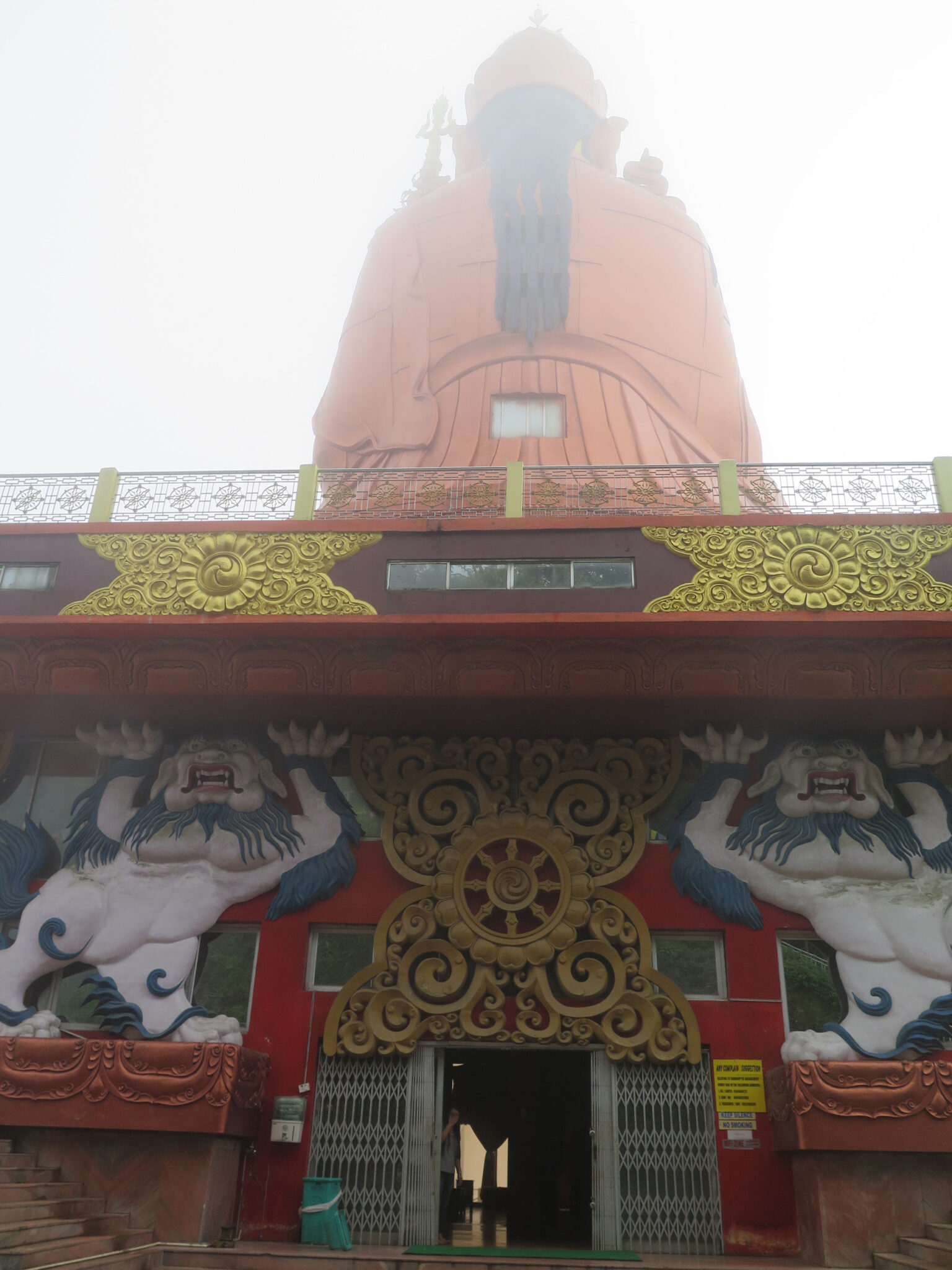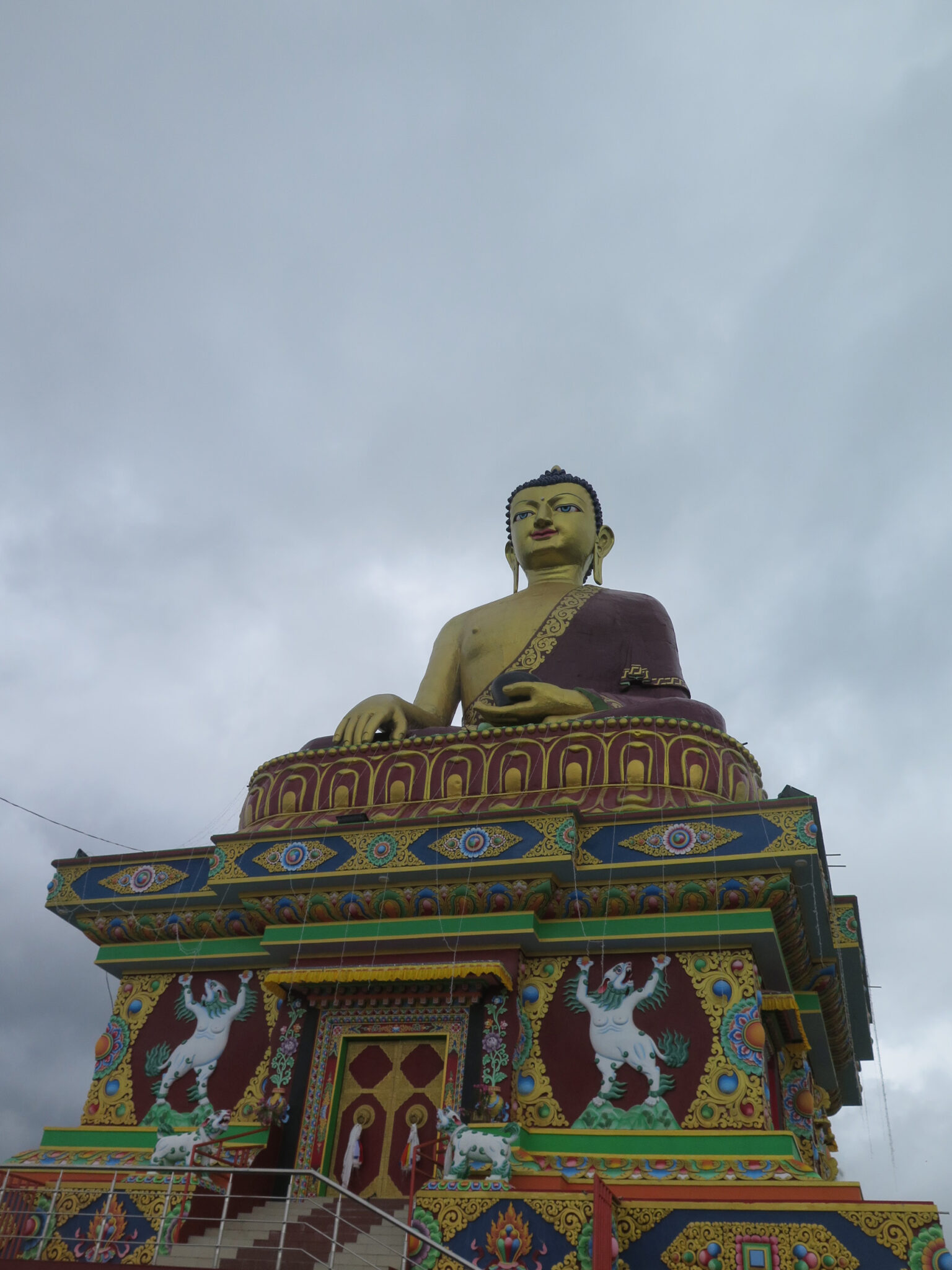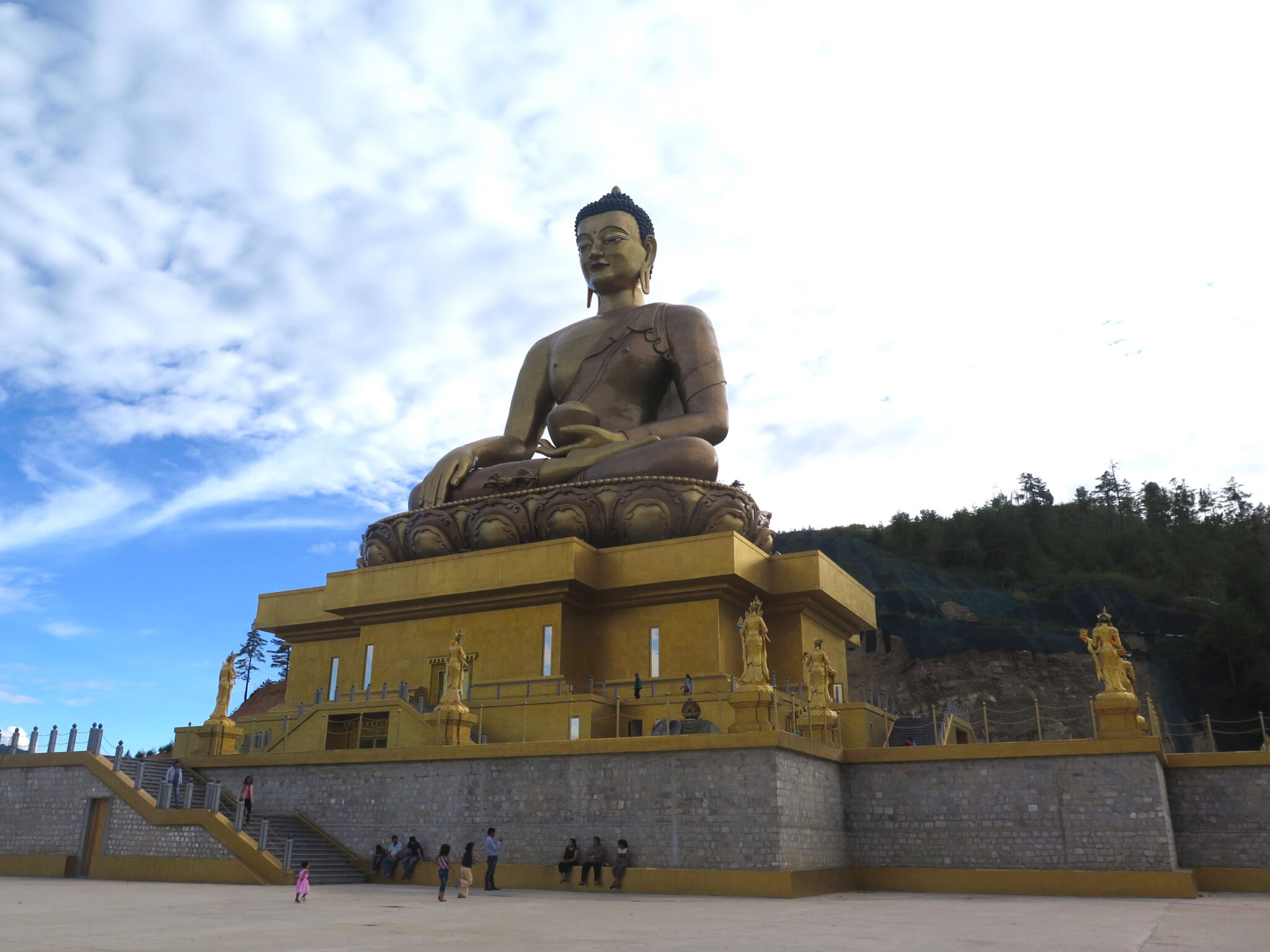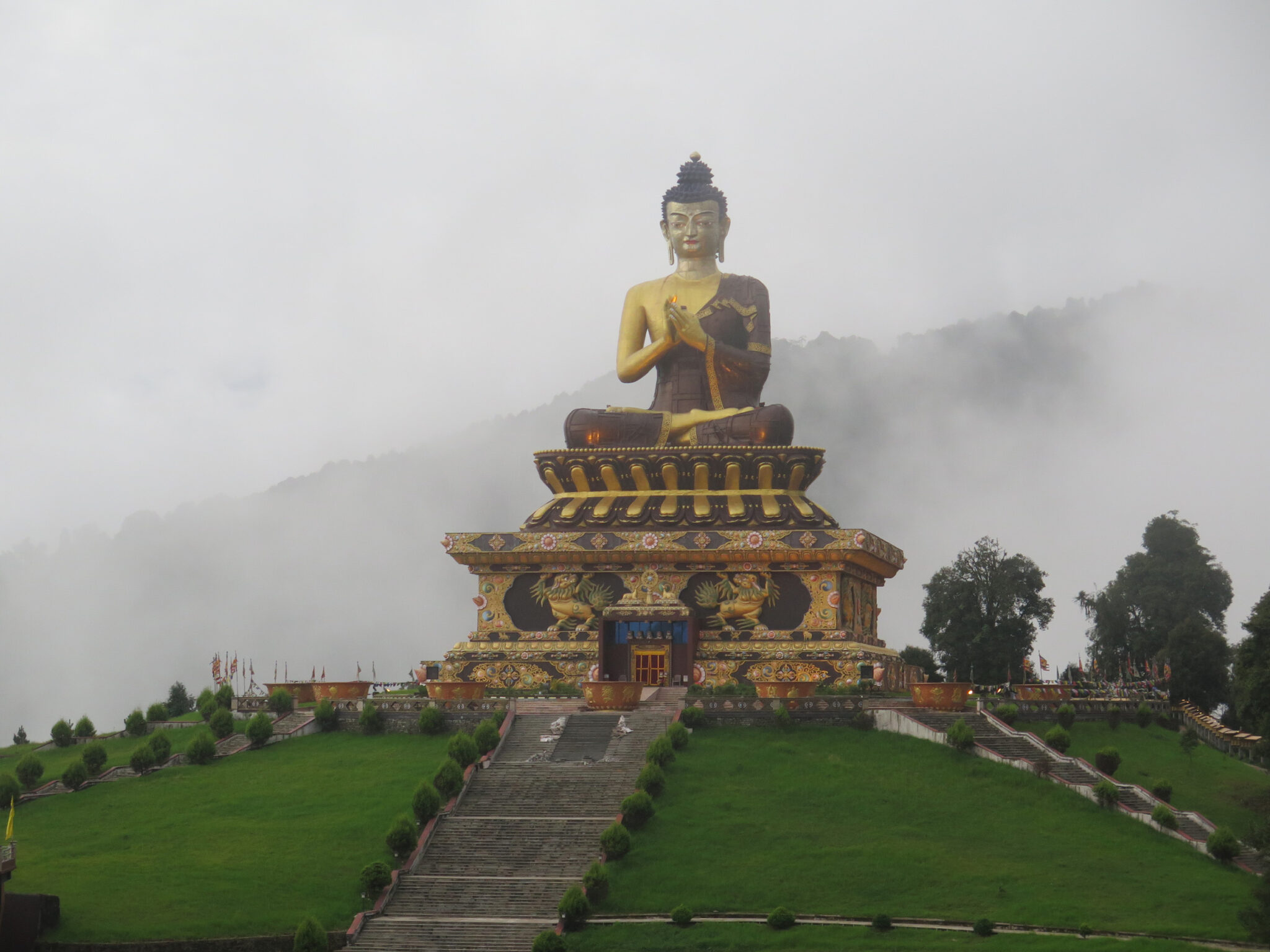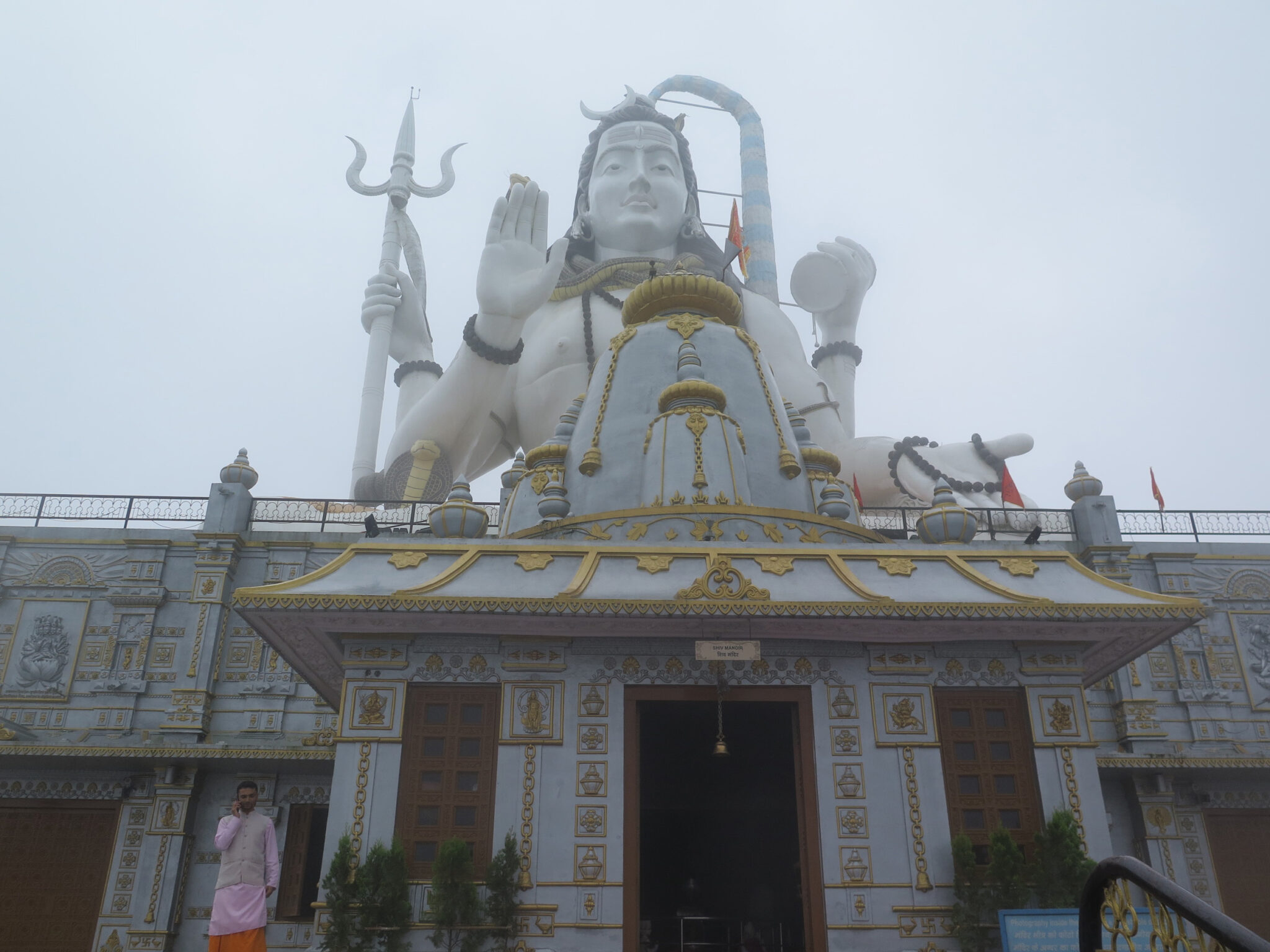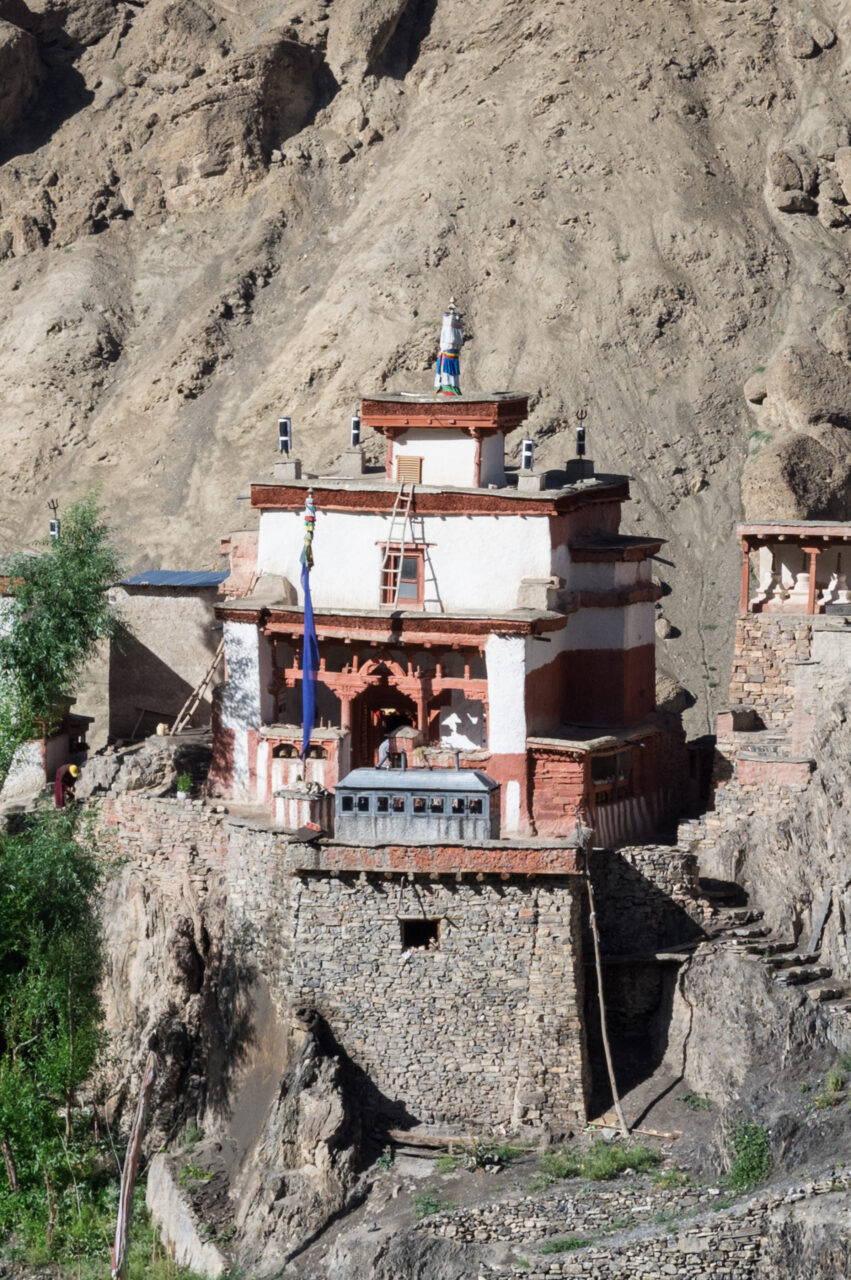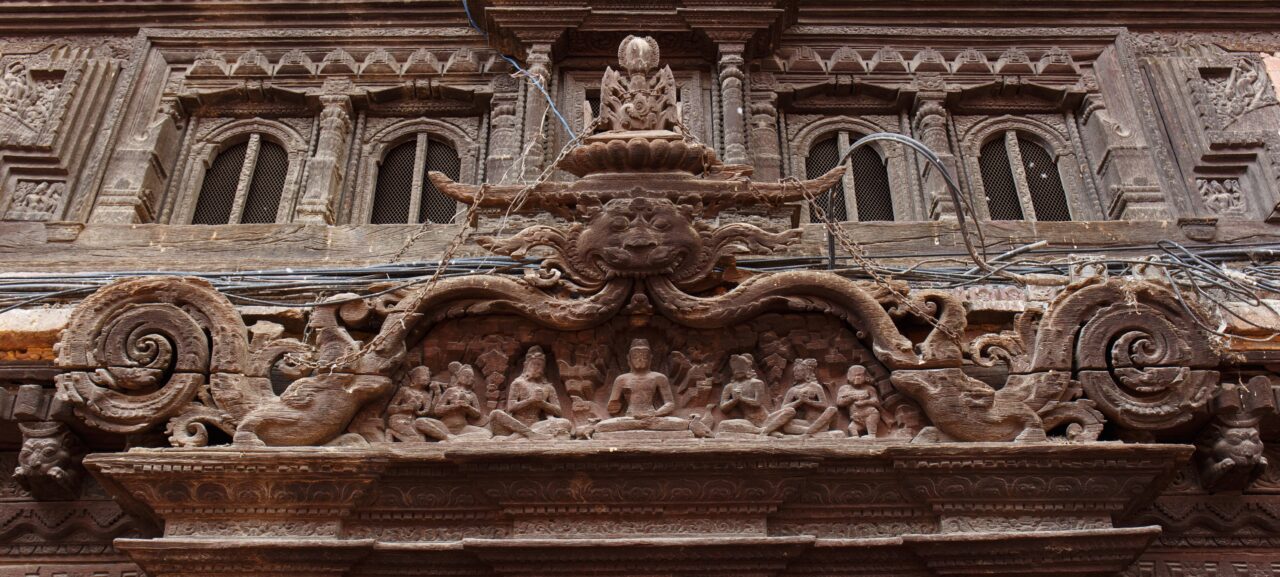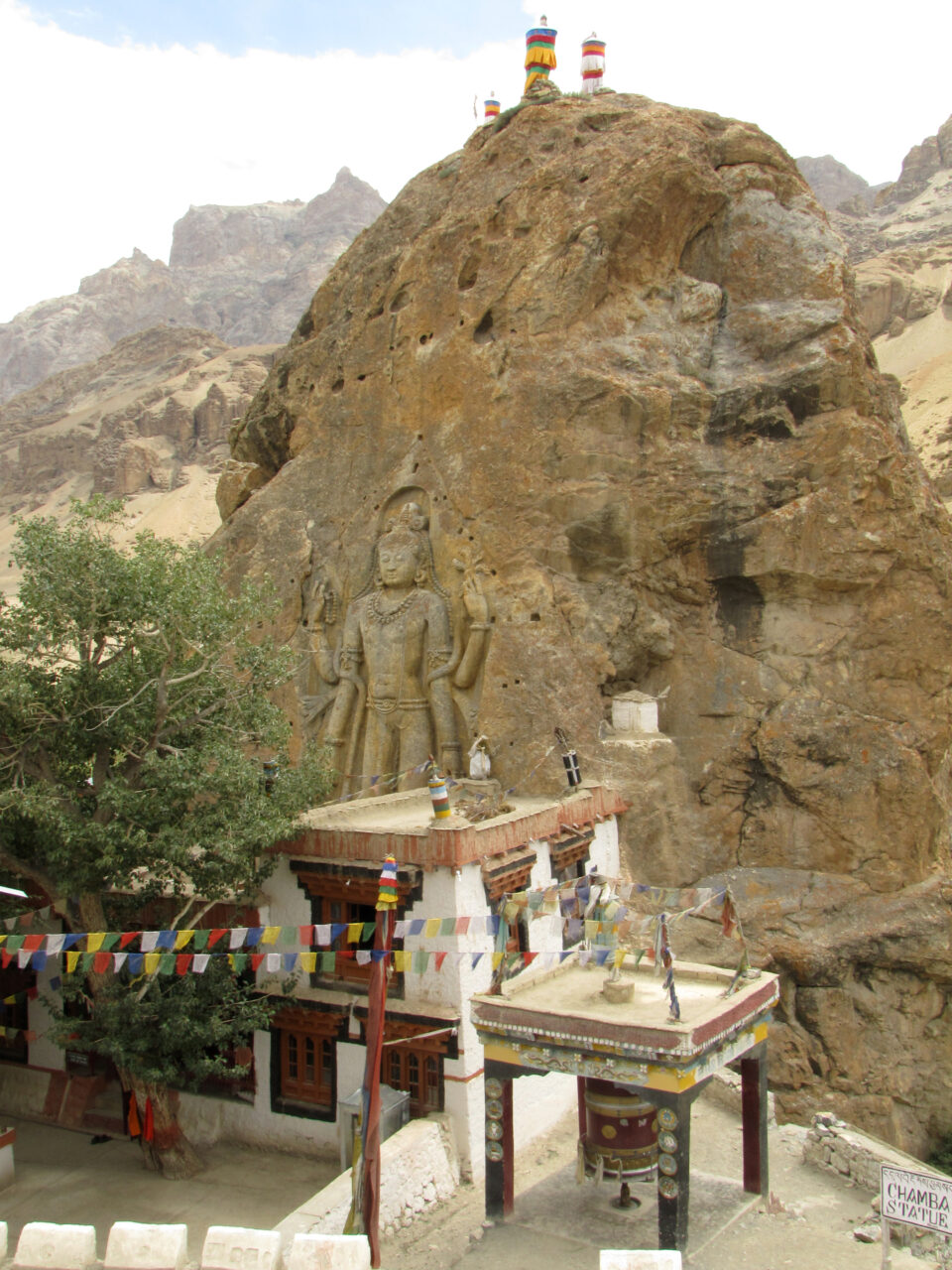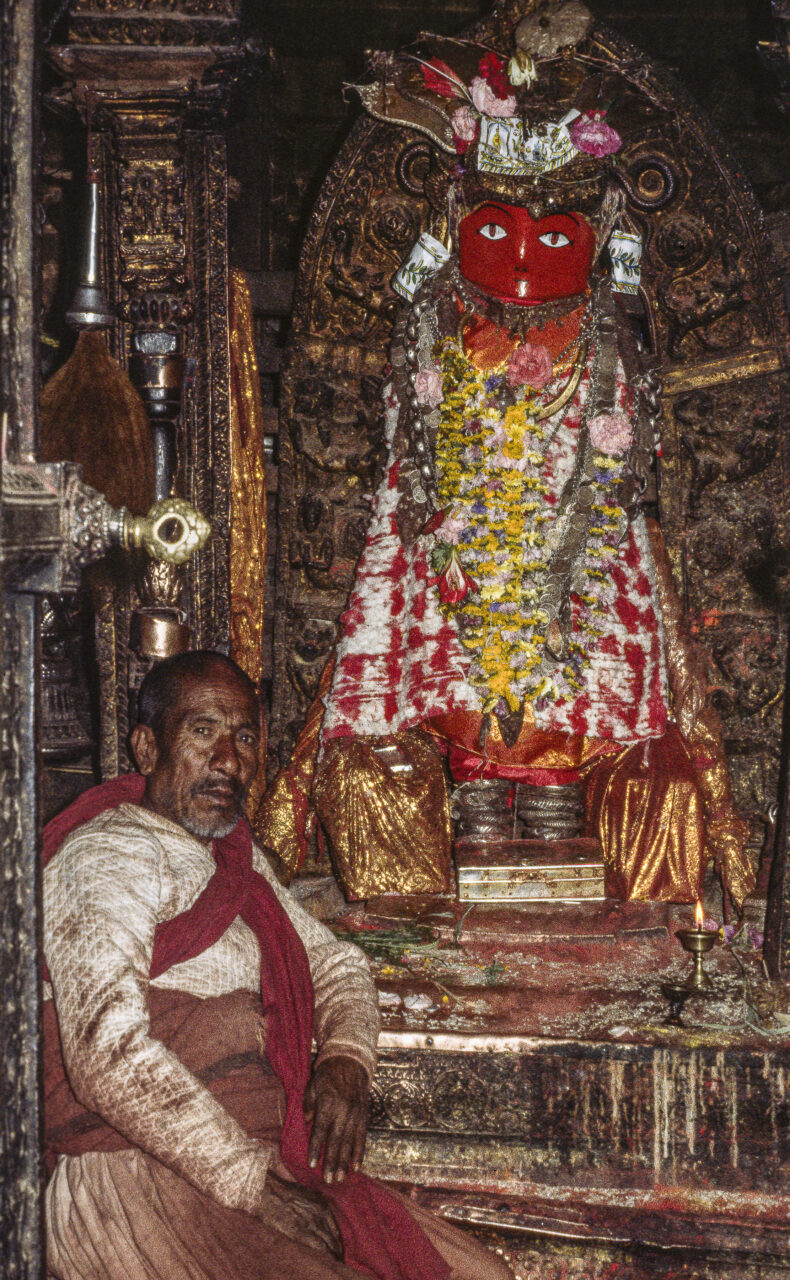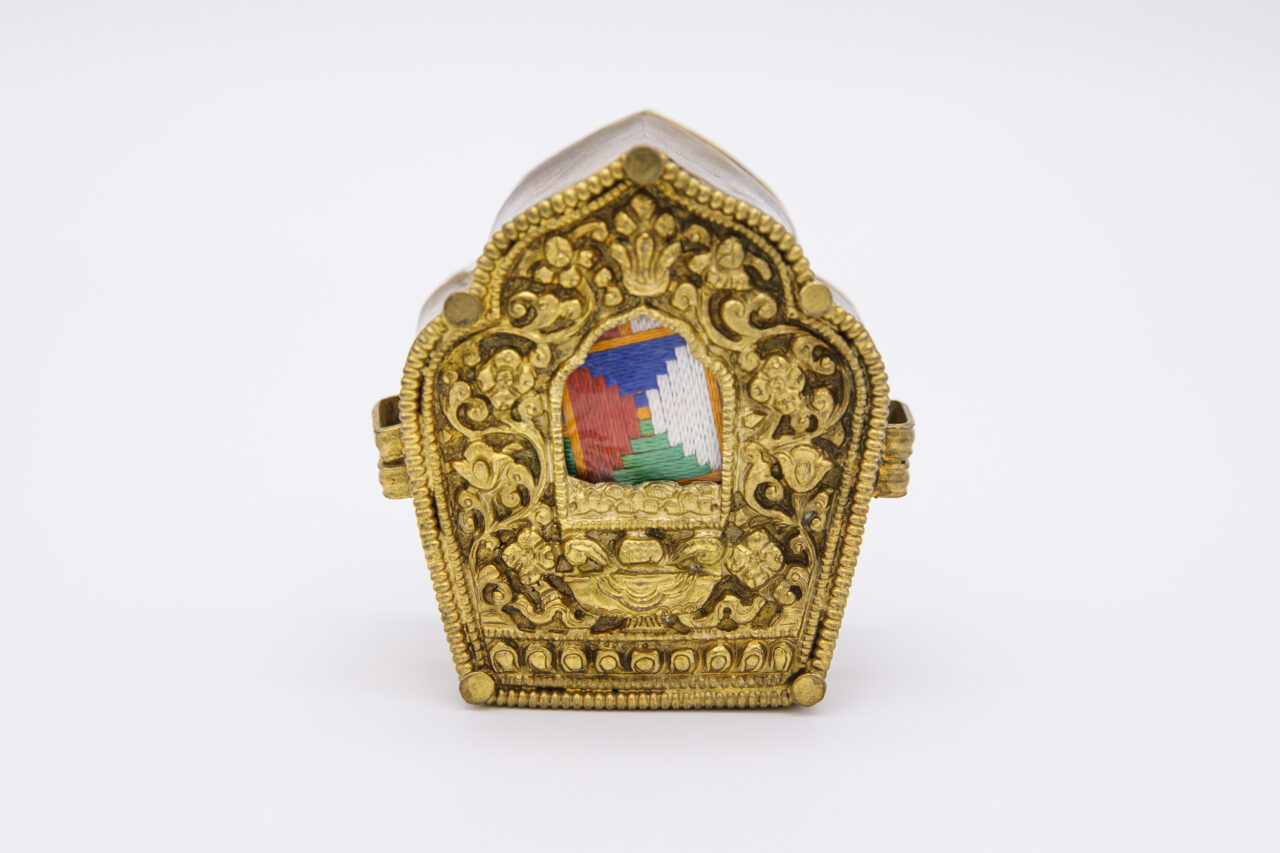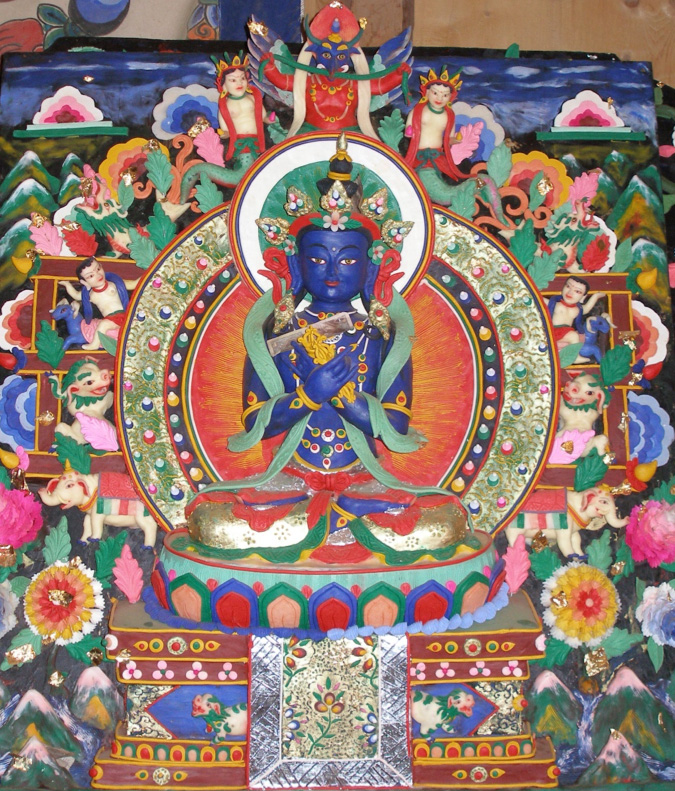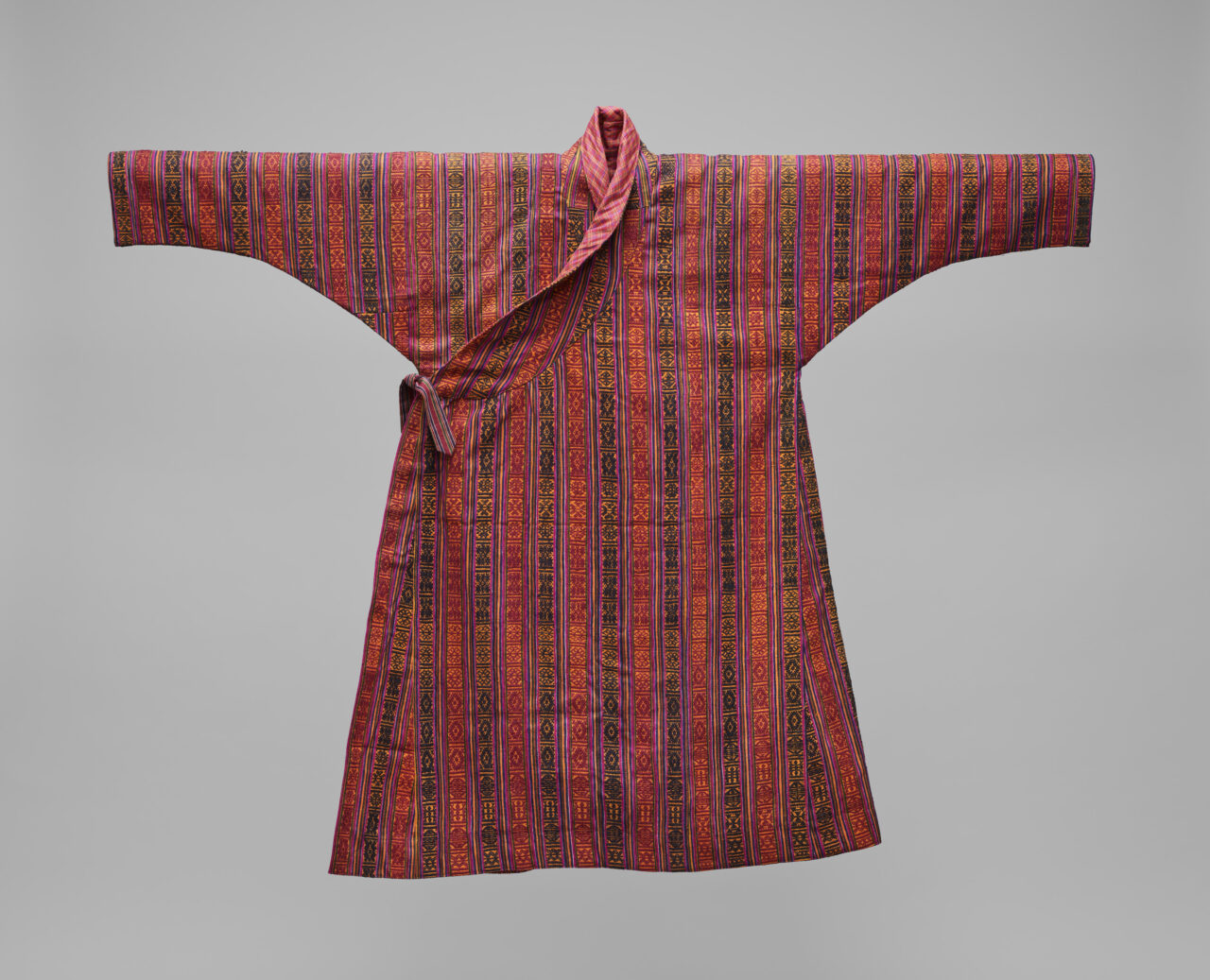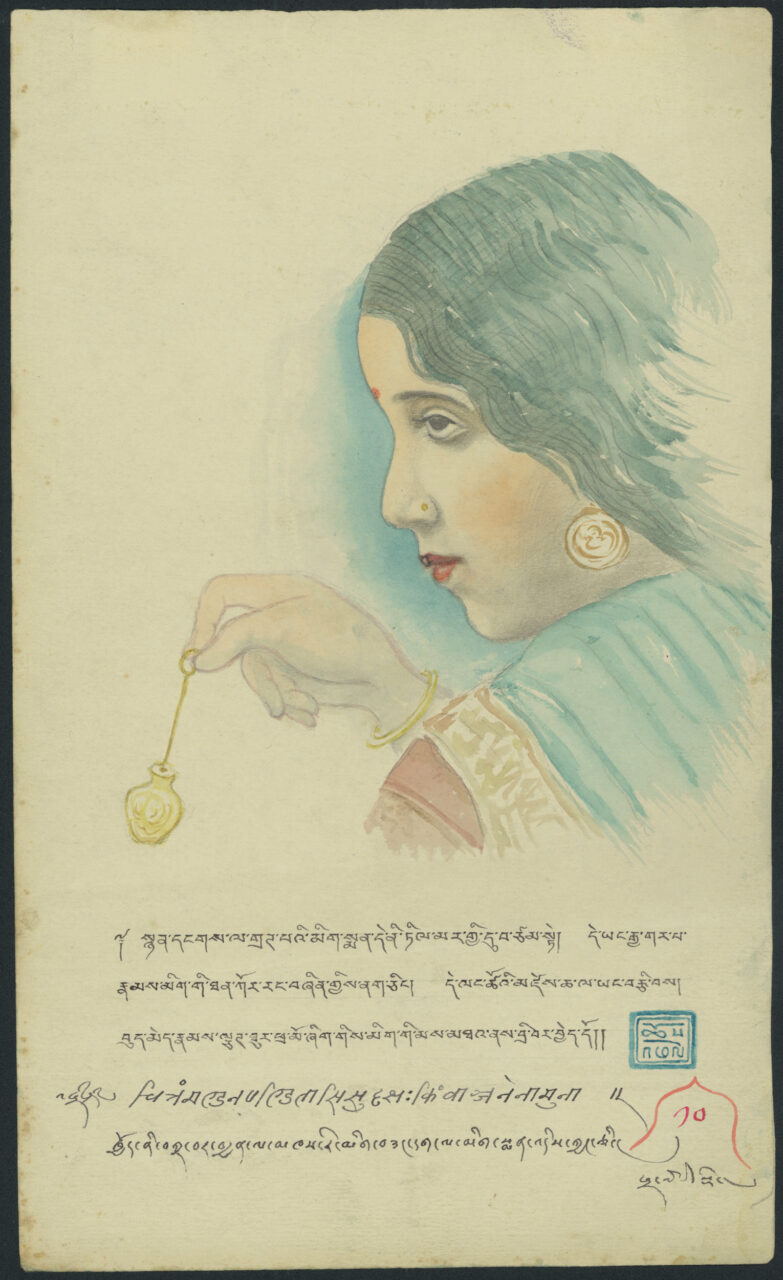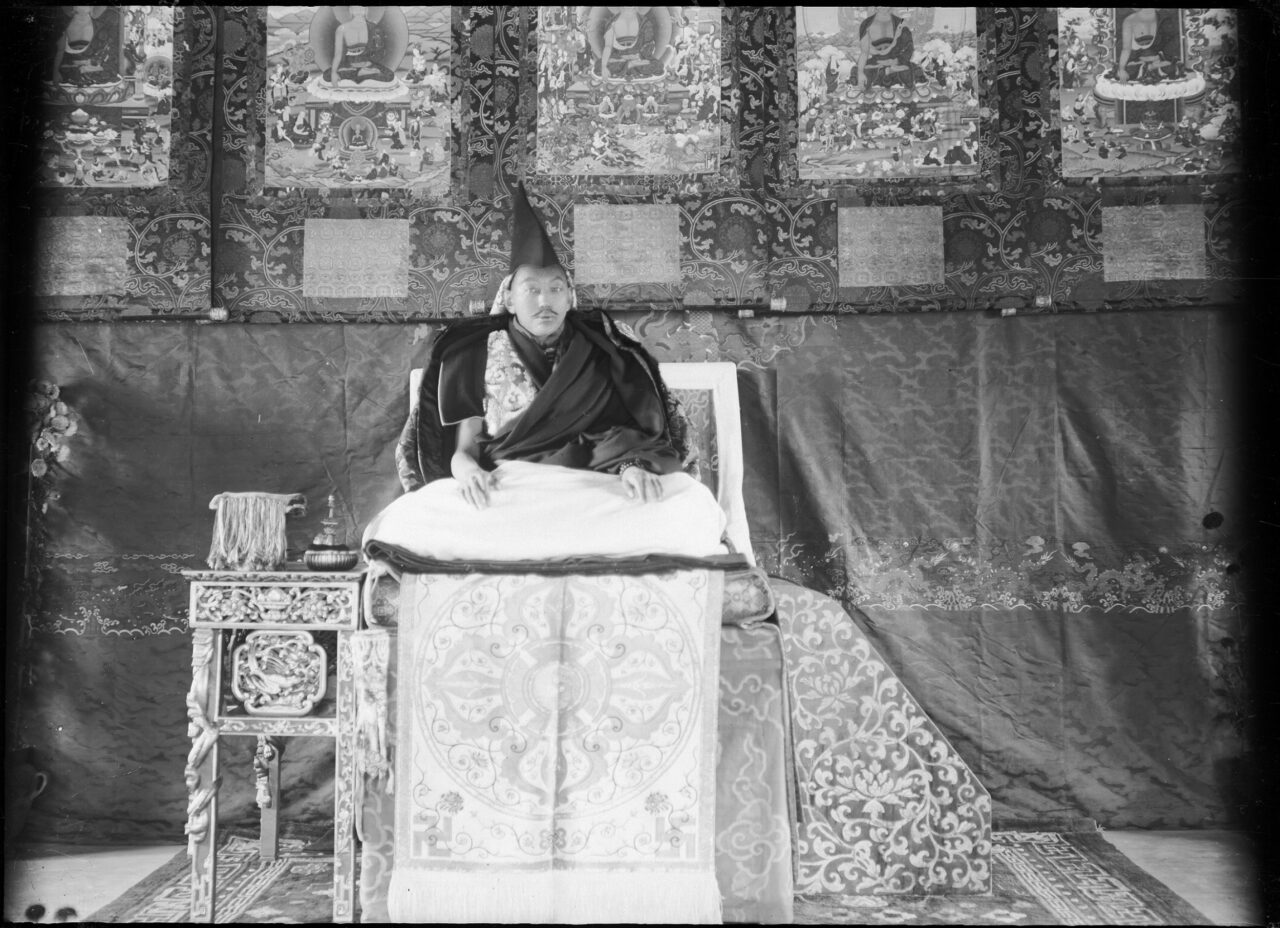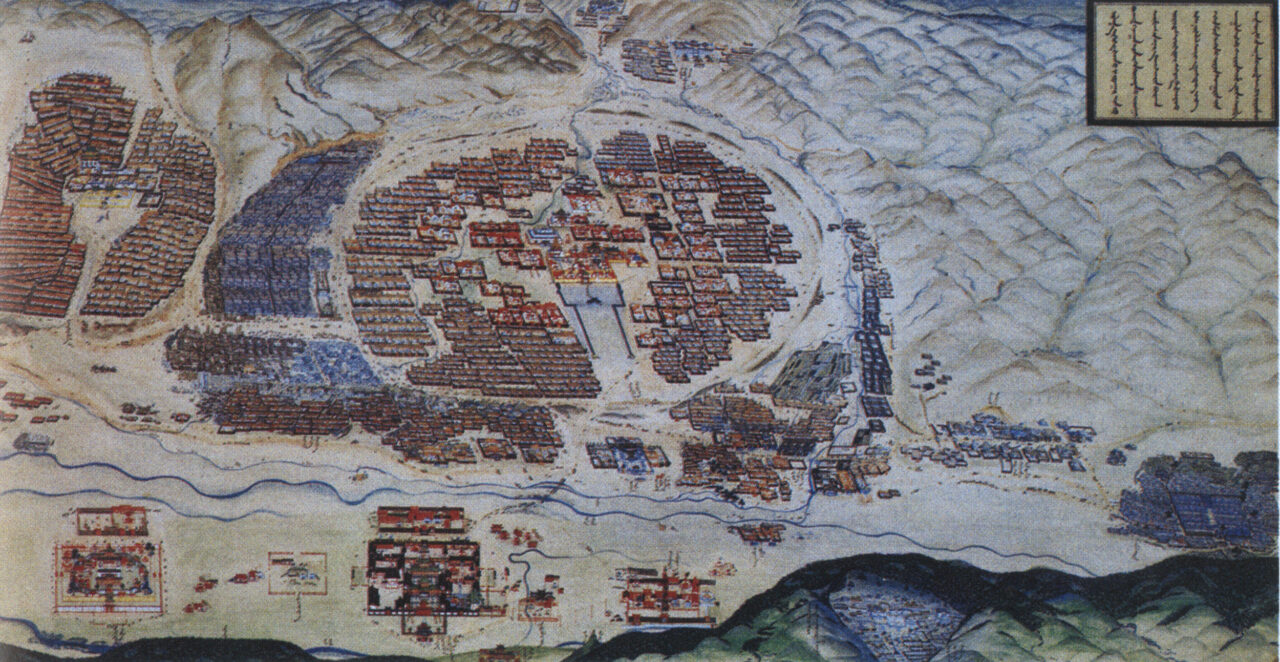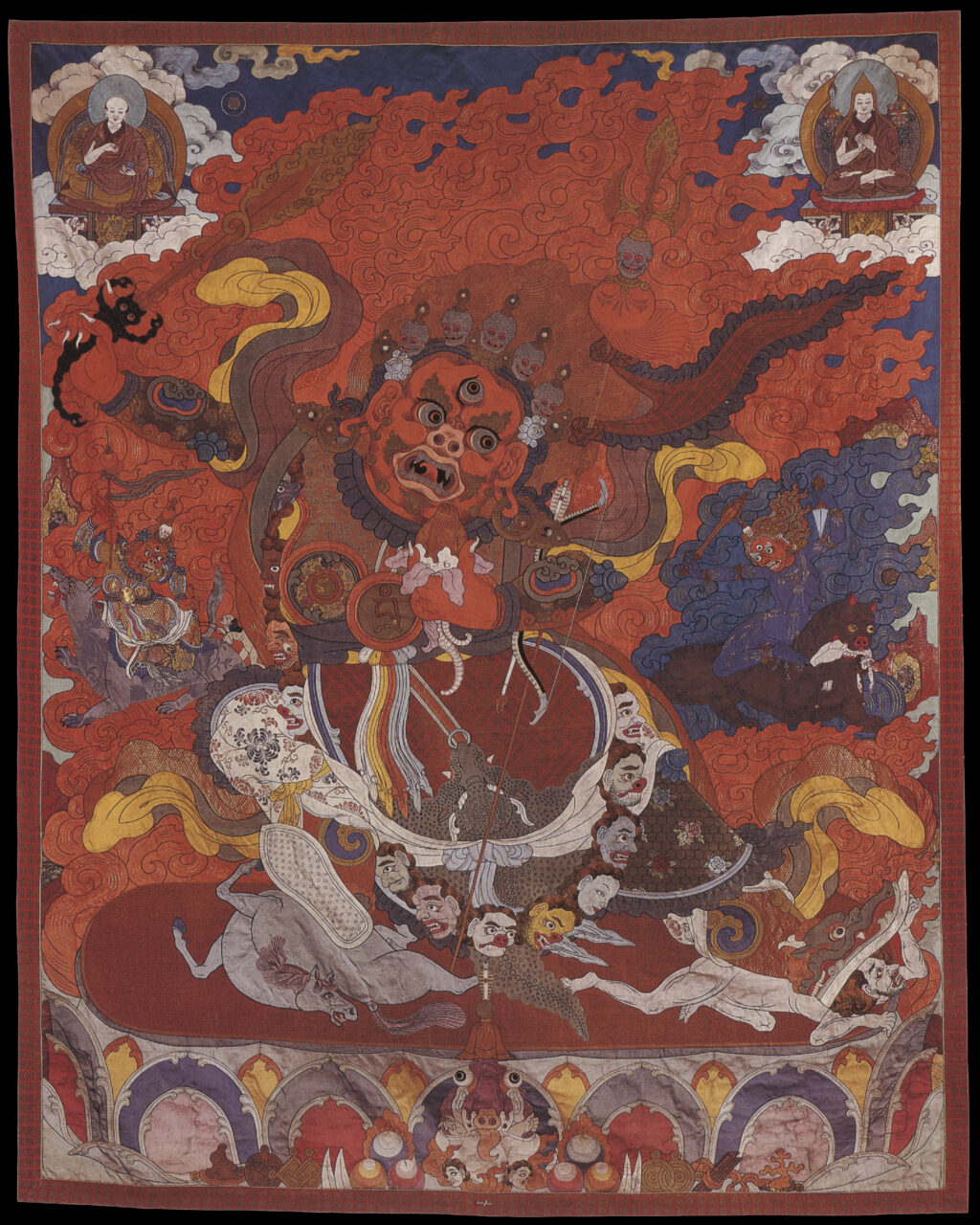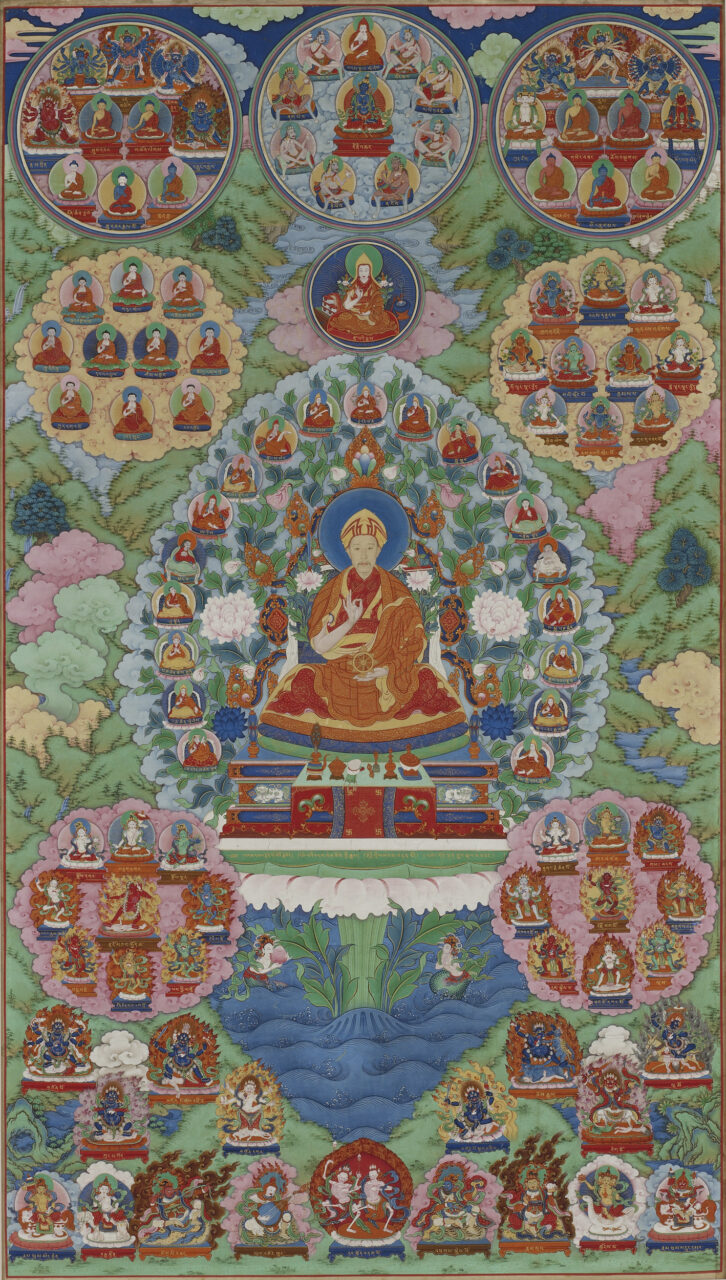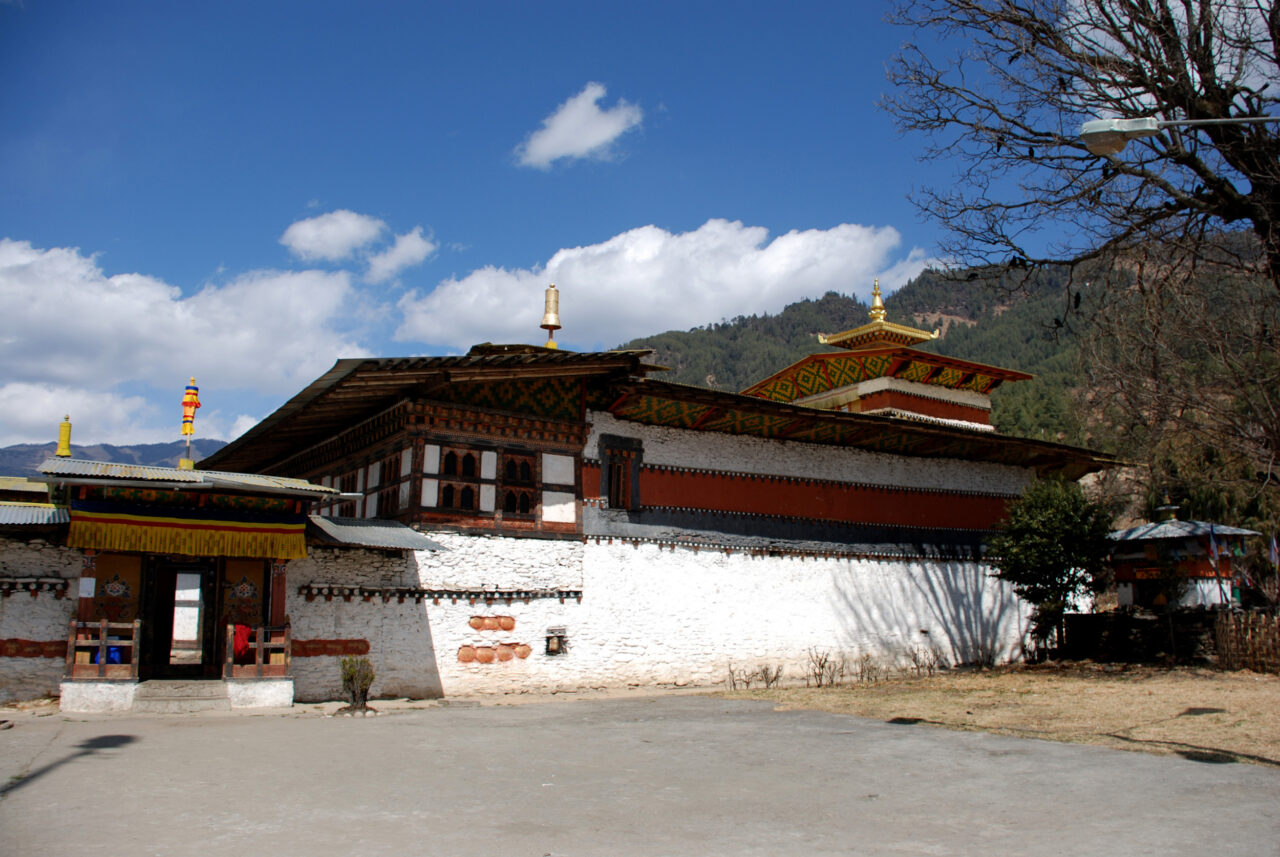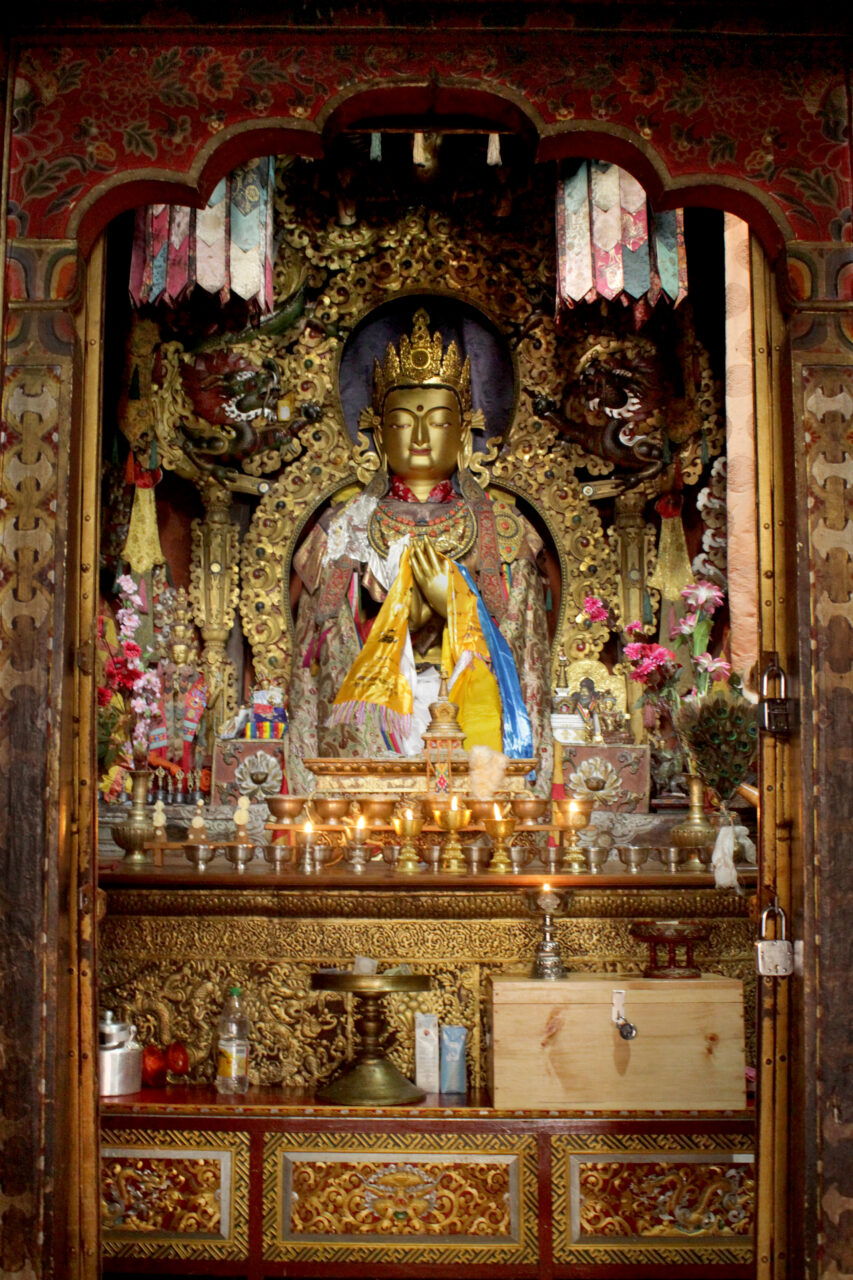Beyul are concealed valleys said to be hidden throughout the Himalayas and the Tibetan plateau. “Treasure revealers,” or terton, are able to discover these realms, providing refuge for their followers in times of danger. Several regions of the Himalayas, including Sikkim, are said to have been populated by Tibetans as part of this process.
Buddha Shakyamuni, or simply “The Buddha,” is an epithet for Siddhartha Gautama, the founder of the Buddhist religion. While the exact dates of Siddhartha’s life are debated, scholars generally place him in the sixth to fifth century BCE. According to early Buddhist narratives, Siddhartha was born a prince of the Shakya clan in what is now northern India and southern Nepal. Choosing to leave his palace and family for a life as a religious ascetic, Siddhartha achieved enlightenment while meditating under the Bodhi Tree. Siddhartha spent the rest of his life as a wandering teacher, gathering disciples to form the early Buddhist monastic community (sangha). Buddha Shakyamuni is revered all over the Buddhist world today.
In most Asian religious traditions, when an image of a deity is made, it must be made sacred (“consecrated”) by inviting the deity to inhabit it. A variety of rituals can be involved in this, including dotting the image’s eyes, visualizing the descent of the deity into the image, writing mantras on the back of a thangka, or placing sacred texts and mantras inside of a statue.
In Buddhism, merit is accumulated positive karma, or positive actions, that lead to positive results, such as better rebirths. Buddhists gain merit by reciting mantras, donating to monasteries and those in need, performing pilgrimages, commissioning artworks, reproducing and reciting Buddhist texts, and other deeds with good intentions. It is believed that merit can also be transferred to others through rituals performed to gain merit for deceased family members help them achieve a better rebirth. Merit making is an important motivation for positive ritual action, and is a prerequisite for success of religious and even secular activity.
A practice of hiring and commissioning artists to create works of art. In religious context patrons were often rulers, religious leaders, as well as ordinary people. (see also donor)





